A Sanctuary Few Get to Experience: Why james campbell national wildlife refuge Matters
On the North Shore of O‘ahu lies one of Hawaii’s most vital, yet seldom visited, natural treasures—a place where the last remnants of the island’s wetlands teem with species found nowhere else on earth. For many, the notion of “refuge” invokes places teeming with tourists, but james campbell national wildlife refuge maintains a careful balance. Its limited public access is deliberate; it exists to guard the fragile lives of endangered creatures whose survival depends on people not treading too frequently on this rare ground. In these wetlands, every ripple can mean life or death for a native bird or plant, a reason access is available only via guided tours during select months.
The value of places like james campbell national wildlife refuge extends far beyond their boundaries. The sanctuary secures habitats for unique Hawaiian waterbirds, endemic plants, and the threatened honu—Hawaiian green turtles—whose existence faces persistent threats from habitat loss and climate change. The refuge is a rare example of what’s at stake in Hawaii’s disappearing wild spaces. Understanding the role of this refuge isn’t just about curiosity; it’s about reckoning with how close many local species are to extinction without committed protection. For both locals and visitors, the refuge raises an urgent question: What is lost if these habitats vanish?
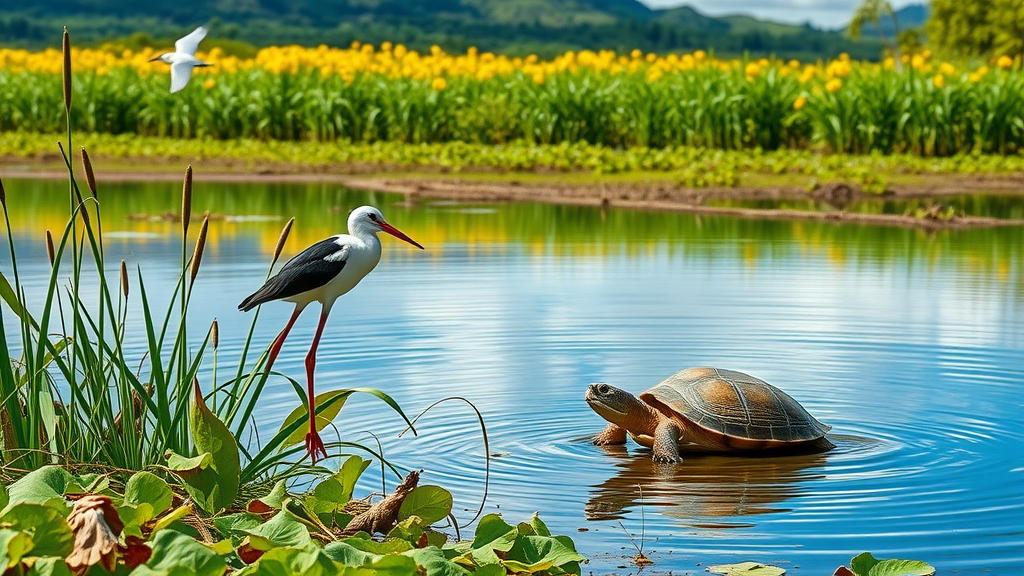
What Makes james campbell national wildlife refuge Unique Among Hawaii’s Wetlands?
Wetlands once flourished across O‘ahu, but very few healthy examples remain today. james campbell national wildlife refuge stands as a critical remnant, shaped and managed specifically for the unique challenges faced by native Hawaiian wildlife. Established in 1976 and later expanded in 2005, the refuge’s purpose is explicitly conservation-driven: it provides habitat for endangered waterbirds like the ae‘o and koloa maoli, as well as migratory shorebirds, seabirds, and even the rare Hawaiian monk seal. This scientific focus places it apart from parks devoted solely to recreation.
The refuge is much more than a patch of preserved land. Its coastal wetlands serve as crucial feeding, breeding, and nesting grounds. Alongside iconic waterbirds, one might spot the state-protected pueo (Hawaiian owl), endangered yellow-faced bees, and hardy native plants such as the Yellow 'Ilima. The interconnectedness of these species underscores the delicate balance maintained within the refuge. Without these habitats, many of Hawaii's signature species could vanish, a reality highlighting the refuge’s irreplaceable value. For the uninitiated, the complexity and stakes of such conservation efforts may come as a revelation, stressing how important it is to measure human impact with precision.
The Last Refuge for Hawaii’s Rarest Species: Real Benefits of Conservation at Work
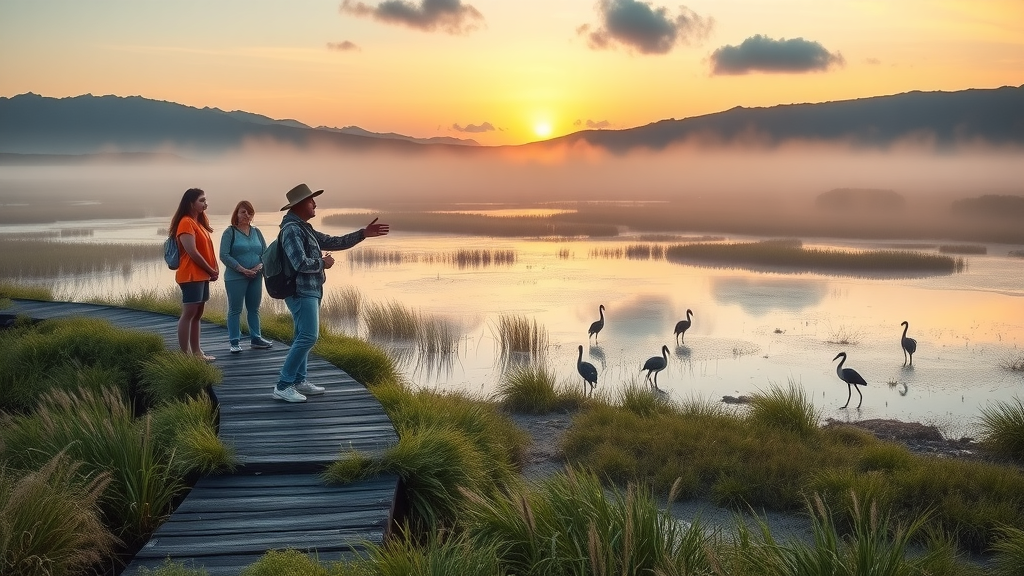
As one of the last strongholds for O‘ahu’s unique wetland flora and fauna, james campbell national wildlife refuge provides evidence of tangible conservation results. The refuge’s active habitat management ensures that endangered birds such as the ae‘o, ‘alae ke‘oke‘o, ‘alae ‘ula, and koloa maoli can nest, feed, and thrive. Seabirds stop over on migratory routes, and threatened sea turtles find safety along the coasts. For visitors, observing these creatures is a rare privilege, made possible only because of the meticulous stewardship undertaken here.
Being part of the National Wildlife Refuge System means conservation is more than a mission—it’s executed through targeted strategies informed by ongoing research. The restoration of wetland habitat not only boosts the survival odds for native species but also serves local communities through flood mitigation and enhanced ecosystem health. By conserving coastal wetlands, the refuge also helps maintain water quality and supports migratory birds that connect Hawaii to far-reaching ecological networks. Every successful nesting or emergence of an endangered species demonstrates that deliberate, science-led management pays off in the real world.
From Endangered Birds to Native Bees: The Rich Tapestry of Refuge Biodiversity
Stepping onto the grounds—when permitted—is to enter an environment shaped by millennia, where interconnected species cycles are visible in every corner. Endangered Hawaiian waterbirds, including the ground-nesting ae‘o and secretive ‘alae ‘ula, find sanctuary in dense reeds, while threatened sea turtles lay eggs on remote sand stretches. More than birds and turtles, the refuge shelters rare insects like the Hawaiian yellow-faced bee, whose pollinating habits are integral to the health of native plant species.
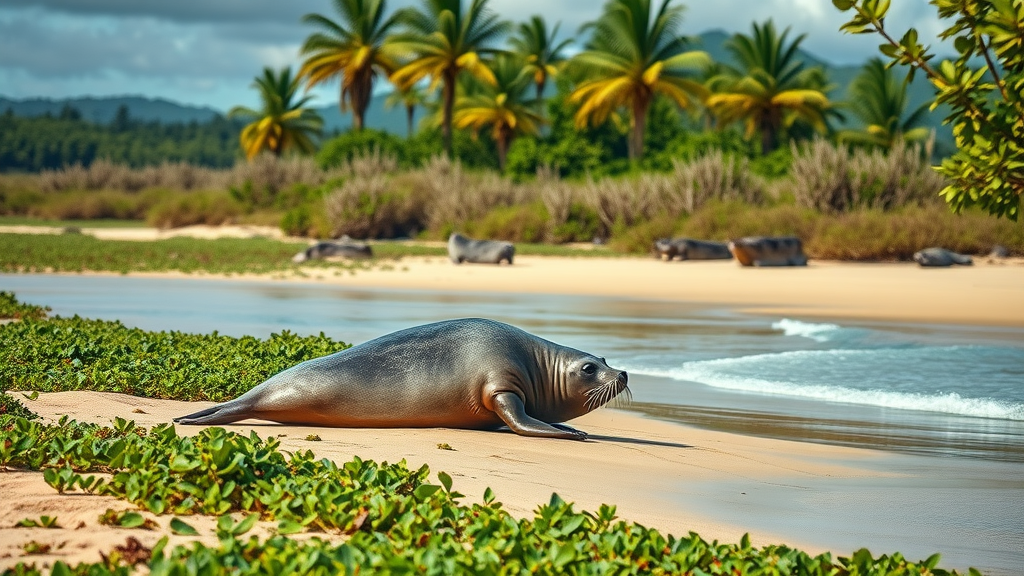
These ecological relationships exemplify the complex web of life that the refuge protects. The survival of one species, such as the indigenous Yellow 'Ilima, impacts food sources and shelter for others. The presence of the endangered ‘īlio-holo-i-ka-uaua (Hawaiian monk seal) is a sign of a functioning, relatively undisturbed ecosystem. Witnessing this tapestry firsthand—even during brief, controlled tours—highlights what is lost elsewhere in Hawaii and the Pacific islands where development and introduced species have forever changed the landscape.
Visiting james campbell national wildlife refuge: Opportunities and Limitations
While the natural drama unfolding within james campbell national wildlife refuge is exclusive, visitors are not entirely shut out. In order to protect sensitive species, general access is restricted throughout the year. However, the refuge opens its gates during the non-breeding months—from October to the end of February—when visitors are welcome to join expert-guided bird tours. These tours are among the most immersive ways to experience endangered Hawaiian wildlife, offering a glimpse of the region’s unique biodiversity in action.
Because visitation is limited to a small window, those interested in the tours are encouraged to sign up early. The popularity of these experiences often means slots fill fast, underscoring the demand to witness the refuge’s wonders up close. During these tours, guides share knowledge about wildlife behavior, conservation efforts, and ecological connections that would otherwise be inaccessible to the public. The exclusive nature of these tours ensures group sizes remain manageable and sensitive habitats remain undisturbed, prioritizing education and conservation over mass tourism.
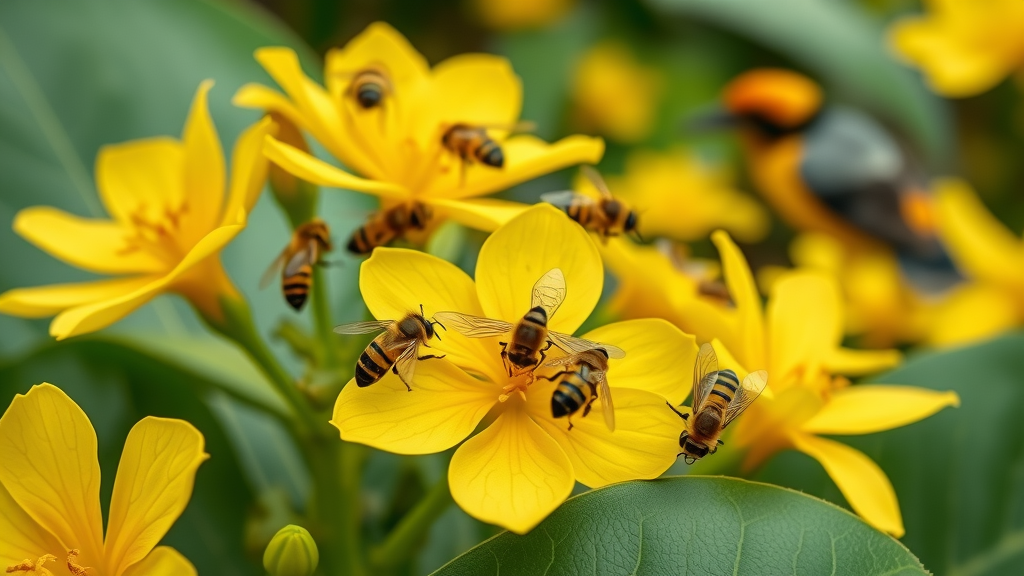
Safeguarding a Legacy: Conservation Efforts Beyond the Wetlands
The commitment at james campbell national wildlife refuge extends beyond simple preservation. Resource management is an ongoing task, adjusting land and water usage to mimic natural cycles that benefit native species. Expansion of refuge boundaries in 2005 allowed for increased habitat protection for not only birds but also migratory waterfowl, endemic plants, turtles, and even the endangered Hawaiian monk seal. The refuge also provides valuable flood damage reduction for the surrounding community, highlighting the wide-reaching impact of wetland conservation.
Public engagement doesn’t end at the gate. The refuge’s bird guide recruitment projects and educational outreach encourage community involvement, offering locals and visitors the chance to directly participate in Hawaii’s conservation story. By fostering these connections, the refuge ensures that its mission resonates beyond its wetlands, inspiring future advocates to protect what remains of the island’s irreplaceable natural resources.
How Conservation and Care Inform Refuge Management Philosophy
At the heart of james campbell national wildlife refuge is the philosophy that conservation isn’t passive; it requires active, informed stewardship. Every decision, from land management approaches to the strict regulation of public access, is made with an eye toward the long-term survival of native Hawaiian species. The refuge’s role as part of the U.S. Fish & Wildlife Service places scientific rigor at the forefront—using adaptive management techniques and ongoing research to ensure healthy habitats for both migratory and resident wildlife.
The approach here goes beyond just protecting what is left. By restoring wetlands, supporting rare bird species, and safeguarding migratory corridors, the refuge upholds a vision of ecological balance and resilience. This commitment is evident in the way access is permitted only during periods when it won’t disrupt critical breeding cycles. The result is a living landscape that serves as a model for how conservation areas can operate: by balancing education, limited recreation, and above all, the urgent needs of endangered wildlife.
Real Experiences: Guided Tours Offer a Unique Window into Hawaii’s Wildlife
The tangible success of conservation efforts at james campbell national wildlife refuge is perhaps best illustrated by those who experience its wonders firsthand. For many, joining the guided bird tours offers a rare opportunity to witness endangered native species up close, guided by experts who bring the landscape’s hidden details to life. These tours are more than just sightseeing—they’re educational journeys that open visitors’ eyes to the interconnectedness of Hawaiian ecosystems.
Went on the Saturday bird tour, guides were super knowledgeable and got to see a few endangered Hawaiian birds.Sign up super early as the season fills up fast.
For participants, these guided experiences offer more than memories; they spark a sense of stewardship and wonder. Encounters with endangered birds, turtles, and native plant life can profoundly reshape awareness of conservation issues, demonstrating the value of the refuge’s mission. Those who take advantage of these opportunities often leave inspired and motivated to contribute to Hawaii’s conservation legacy—delivering benefits not only to wildlife but to communities and future generations.
Why Protecting Wetlands Like james campbell national wildlife refuge Safeguards Hawaii’s Future
The continuing story of james campbell national wildlife refuge is one of hope, vigilance, and science-based management. By providing sanctuary to Hawaii’s rarest birds, turtles, and plant species, the refuge helps ensure that future generations inherit more than stories about what once was. The commitment to restricted access, research-driven stewardship, and immersive public education exemplifies the refuge’s essential contribution to conservation in Hawaii. As pressure on native species mounts, refuges like this one remain a cornerstone of efforts to preserve Hawaii’s ecological identity.
In exploring the unique role of james campbell national wildlife refuge, it becomes clear that protecting these wetlands isn’t simply about saving a place—it’s about nurturing a legacy that connects people, wildlife, and the land’s living history. The refuge’s enduring impact will continue to serve as a model for other conservation initiatives, demonstrating that careful management and inspired leadership can secure real change for Hawaii’s threatened species and landscapes.
Contact the Experts at James Campbell National Wildlife Refuge
If you’d like to learn more about how james campbell national wildlife refuge could benefit your understanding of Hawaii’s wildlife and conservation, contact the team at James Campbell National Wildlife Refuge.
📍 Address: Kahuku, HI 96731, USA
📞 Phone: +1 808-688-6376
🌐 Website: https://www.fws.gov/refuge/james-campbell
James Campbell National Wildlife Refuge Location and Hours
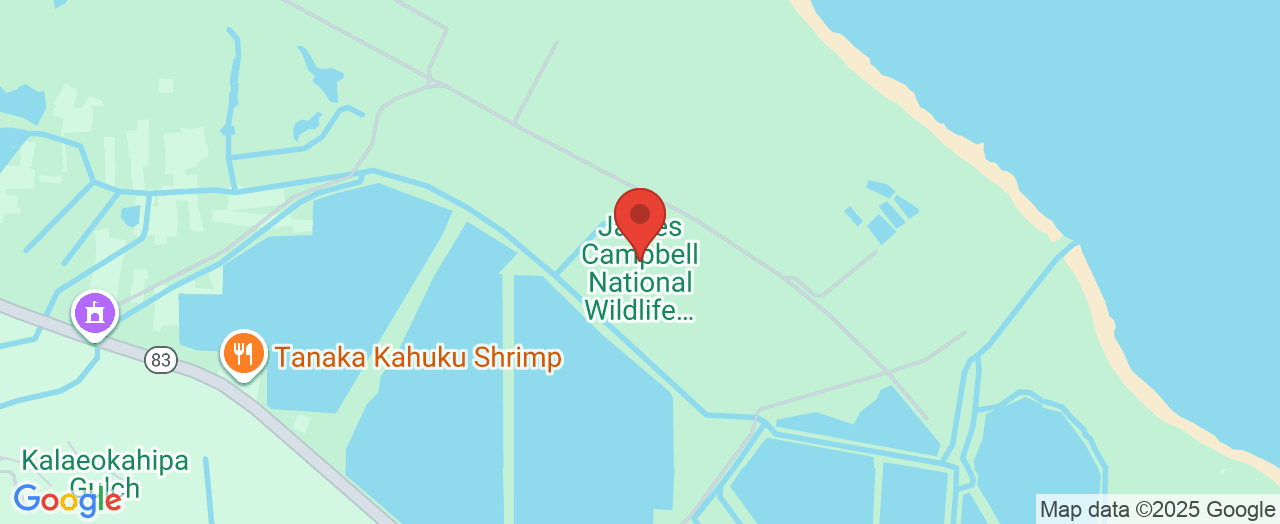
 Add Row
Add Row  Add
Add 





Write A Comment